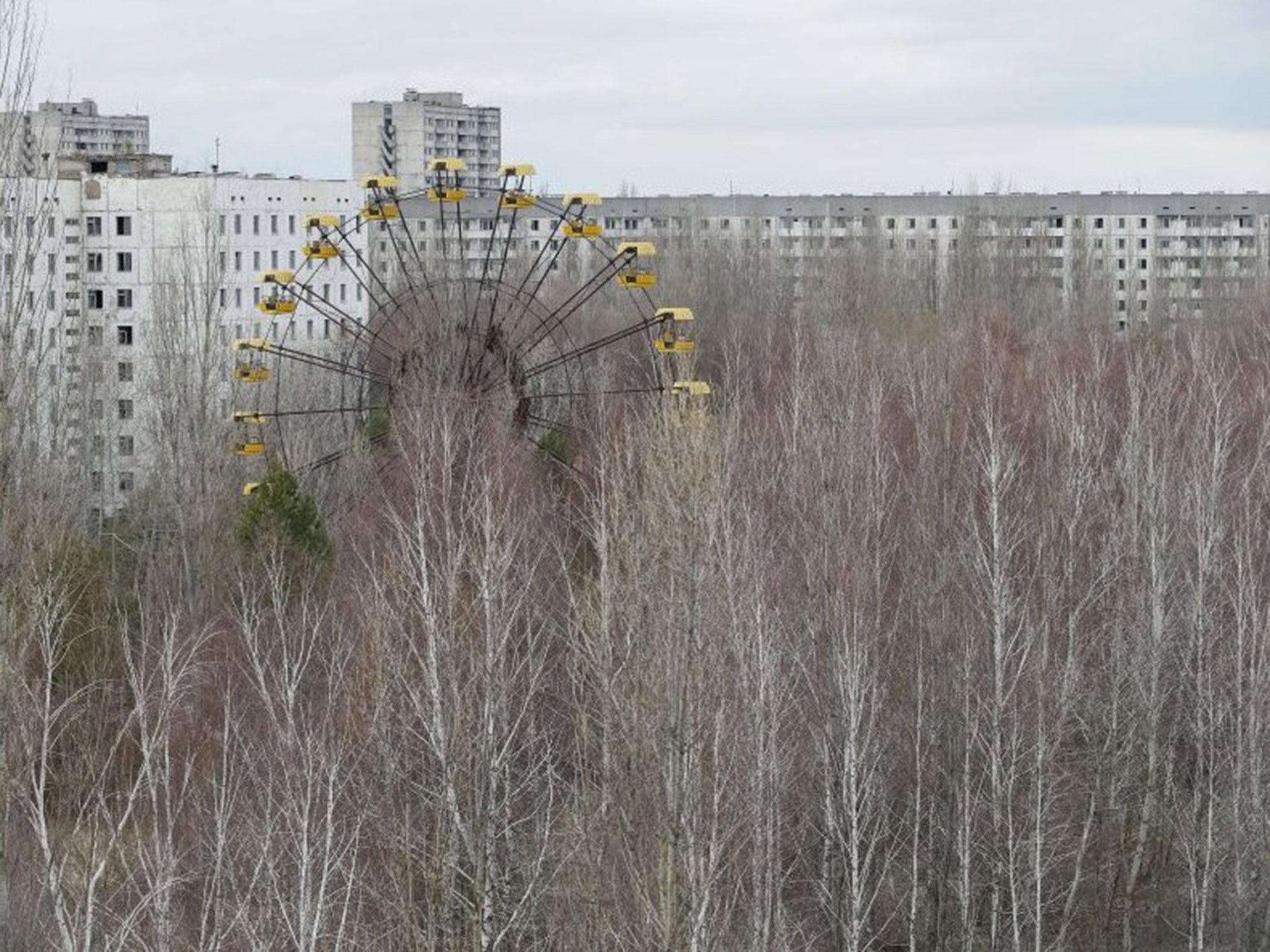Nuclear reactions found smoldering at Chernobyl ‘like embers in a barbecue’
Ukraine scientists concerned by 40 per cent spike in neutron emissions since 2016 in inaccessible chamber
Your support helps us to tell the story
From reproductive rights to climate change to Big Tech, The Independent is on the ground when the story is developing. Whether it's investigating the financials of Elon Musk's pro-Trump PAC or producing our latest documentary, 'The A Word', which shines a light on the American women fighting for reproductive rights, we know how important it is to parse out the facts from the messaging.
At such a critical moment in US history, we need reporters on the ground. Your donation allows us to keep sending journalists to speak to both sides of the story.
The Independent is trusted by Americans across the entire political spectrum. And unlike many other quality news outlets, we choose not to lock Americans out of our reporting and analysis with paywalls. We believe quality journalism should be available to everyone, paid for by those who can afford it.
Your support makes all the difference.Scientists monitoring the abandoned Chernobyl nuclear power plant in Ukraine have discovered fission reactions erupting within an inaccessible chamber in the ruins of the complex, raising concerns that a further explosion at the site could take place.
Anatolii Doroshenko of the Institute for Safety Problems of Nuclear Power Plants (ISPNPP) in Kiev reported a 40 per cent rise in neutron emissions from the chamber since 2016 during discussions last week about the possibility of dismantling the old reactor, according to Science magazine.
He and his colleagues are now studying the smouldering uranium fuel masses buried within Subreactor Room 305/2 to assess whether they are likely to stabilise on their own or whether a dangerous intervention will become necessary to defuse the situation.
This might involve drilling into the chamber – which has not been seen by human eyes since the world’s worst nuclear disaster occurred at the site 35 years ago – and spraying it with gadolinium nitrate to soak up the neutrons and choke off the reactions.
Maxim Saveliev, also of the ISPNPP, has said it is difficult to assess the severity of the situation without neutron sensors in place, admitting: “We have only assumptions.”
“There are many uncertainties,” he said. “But we can’t rule out the possibility of an accident.”
Mr Saveliev has advocated sending in robots able to withstand the glaring radiation and humidity to install neutron and temperature sensors in the chamber and to retrieve samples to give scientists a clearer picture of what is taking place.
Robots could also be used to install boron cylinders in the tomb to serve as control rods and sop up neutrons.
When the meltdown struck Chernobyl’s No. 4 reactor on 26 April 1986, the intense heat caused uranium fuel rods, their zirconium cladding, graphite control rods and sand dumped over the core of the reactor to extinguish the fire to melt together into a highly radioactive lava-like substance that oozed into the facility’s lower floors, rendering entire rooms and corridors off-limits.
This subsequently hardened beneath the debris into formations called fuel-containing materials (FCMs), which are laden with about 170 tonnes of irradiated uranium, arounded 95 per cent of the original fuel.
It is not immediately obvious why the recent reactions have taken place but one possibility is that a costly new shelter placed over the chamber five years ago could be to blame.
The original concrete and steel structure – hastily erected in the fallout of a calamity the Soviet Union tried in vain to hush up – was known to leak and it is possible that the rainwater allowed in through gaps in the canopy actually helped to cool the chamber and suppress fission reactions.
Without sufficient water in the chamber, there may be nothing to slow down the ricocheting neutrons, which are emitted by decaying uranium or plutonium fuel, meaning the fission reactions could intensify.
The situation has been likened by Neil Hyatt of the University of Sheffield, an expert in nuclear waste disposal, to “embers in a barbecue pit”.
“It’s a reminder to us that it’s not a problem solved, it’s a problem stabilised,” he said, moving to downplay the severity of the problem as it stands but warning against any escalation.
“We’re talking about very low rates of fission, so it’s not like a fizzing nuclear reactor,” he said.

“And our estimation of fissile material in that room means that we can be fairly confident that you’re not going to get such rapid release of nuclear energy that you have an explosion. But we don’t know for sure.
“We have seen excursions like this before with other fuel debris. The neutron base rate has increased, stabilised and decreased again. That’s obviously what we hope might happen.”
Ukraine is currently working with the European Bank for Reconstruction and Development on a plan to dispose of its FCMs and its conclusions – and the situation at Chernobyl – will have a bearing on Japan’s plans for the Fukushima nuclear power plant, the scene of its own meltdown in 2011.
Prior to the notorious Soviet disaster, the nearby city of Pripyat was a thriving metropolis home to almost 50,000 people.
It was swiftly evacuated at the time and has since become a ghost town entirely reclaimed by nature, its abandoned tower blocks rising up above the treeline as wild deer and foxes roam amid the peeling paint of its empty hallways, apartments, offices and overgrown courtyards.




Join our commenting forum
Join thought-provoking conversations, follow other Independent readers and see their replies
Comments